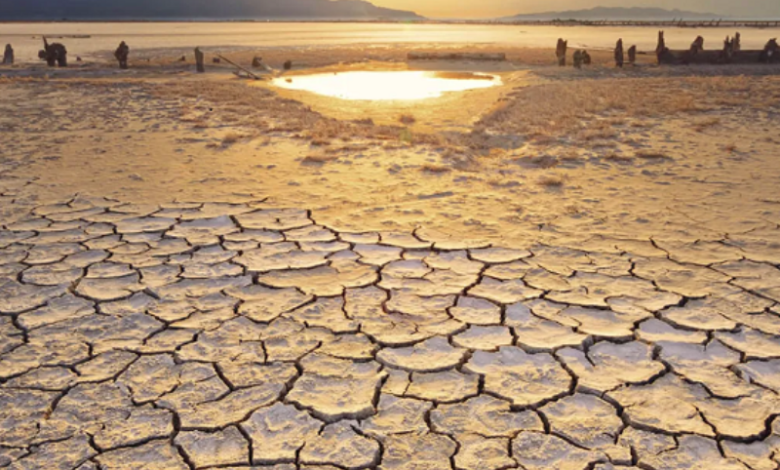UN Warns: 77% of Earth’s Land Drying

In comparison to the previous 30 year period, a report released on Monday by the UN Convention to Combat Desertification (UNCCD) found that over 77% of Earth’s surface had a drier environment in the three decades preceding 2020.
The report which was revealed at the 16th UNCCD meeting stated that by the end of this century an additional 3% of the world’s humid regions are expected to become drylands if efforts to reduce greenhouse gas emissions become unsuccessful.
Global drylands grew by over 4.3 million sq km covering up more than 40% of the planet’s land area and about a third of India’s area. Throughout the last three decades the population in drylands has doubled to 2.3 billion. Forecasting models in the worst case scenario of climate change up to 5 billion people could be living in drylands by the year 2100.
Based on the report, rising aridification and desertification brought on by climate change pose even more hazards to the lives and livelihoods of these billions of people. About 96% of Europe portions of the western United States, Brazil, Asia and central Africa are among the regions most severely affected by the drying trend.
China is seeing the largest overall area shift from non drylands to drylands while South Sudan and Tanzania have the highest proportion of land moving to drylands. Since that half of the world’s dryland population is in Asia and Africa, these regions continue to bear most of the suffering. The most densely populated drylands are in northeastern China, California, Egypt, Pakistan and India.
The whole Mediterranean region, the Black Sea coast, central Mexico, northern Venezuela, northeastern Brazil, southeastern Argentina, the midwestern United States, vast portions of southern Africa and southern Australia are all expected to experience dryland expansion under high GHG emissions scenarios.
A question that has long shrouded global drying trends is now addressed by this analysis. According to UNCCD Executive Secretary Ibrahim Thiaw, “the drought crisis has been scientifically clarified for the first time exposing an existential threat to billions of people worldwide.”
He stated that in contrast to drought which is characterized by brief intervals of little precipitation, aridity is a continuous long lasting change.



